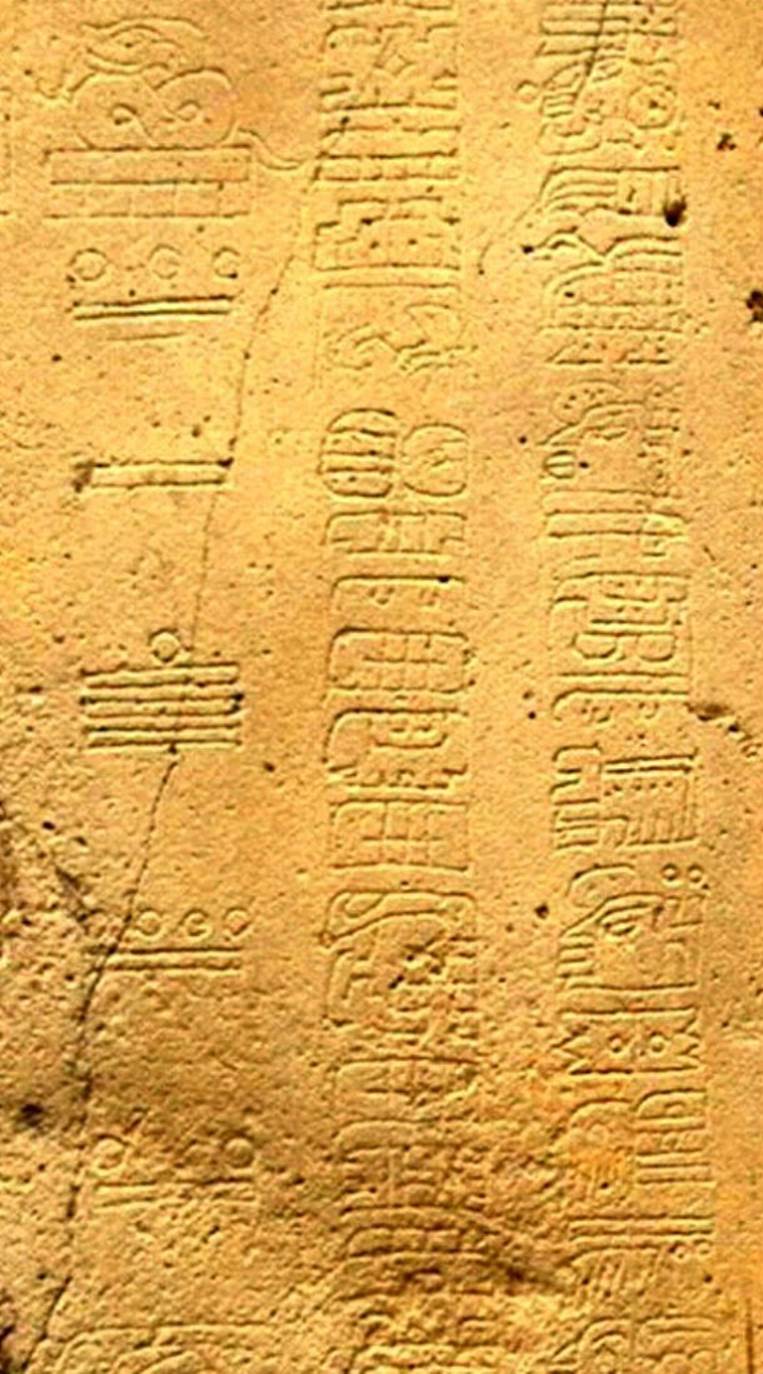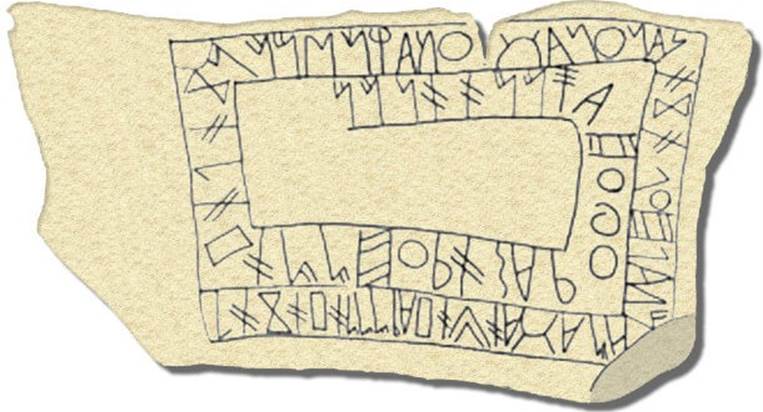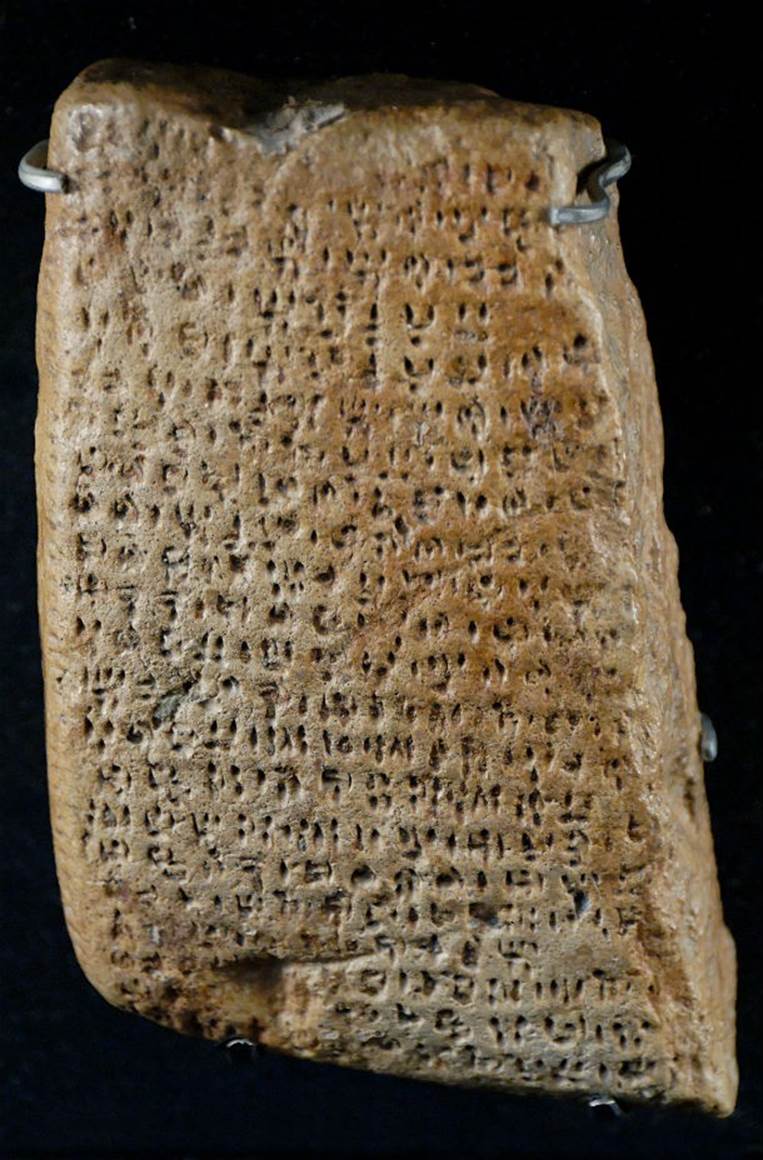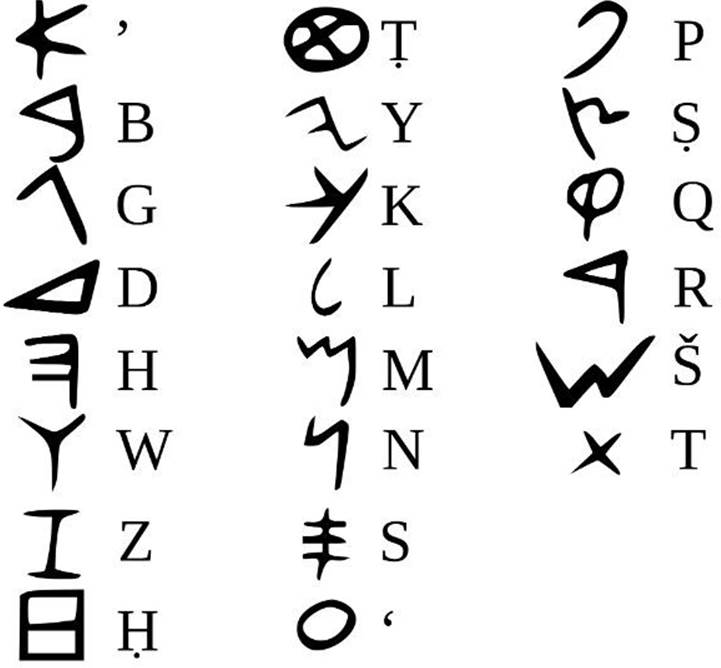UN-DECIPHERED WRITING THAT WE MIGHT NEVER WORK OUT
Added on: 2nd Nov 2016
THE ISTHMIAN SCRIPT

The Isthmian script, also known as the La Mojarra script, is
a very early Mesoamerican writing system that was in use
around the Isthmus of Tehuantepec from 500 BCE to 500 CE,
although there is disagreement concerning these dates.
Isthmian script is similar in structure to the Maya script and
like the Maya uses one set of characters to represent
logograms (word units) and a second to represent syllables.
THE CASCAJAL BLOCK

Made of serpentinite, the Cascajal Block is a tablet-sized
writing slab in Mexico that has been dated to the early first
millennium BCE, incised with unknown characters that
may represent the earliest writing system in the New World.
According to archaeologist Stephen Houston of Brown
University, this discovery helps link the Olmec civilization to
literacy, record an unsuspected writing system, and reveal
a new layer to the Olmec civilization, even though we
have yet to fully comprehend it.
SITOVO INSCRIPTION

The Sitovo inscription is an inscription that has yet to be
satisfactorily translated or interpreted. An archaeological
expedition, led by Alexander Peev, discovered it on the
wall of Sitovo Cave in 1928, close to Plovdiv, Bulgaria. It is
believed to have most likely been inscribed around 1200 BCE.
SOUTHWEST PALEO HISPANIC SCRIPT

The Southwest or Southwestern script, also known as
Tartessian or South Lusitanian, is a Paleo Hispanic script
used to write an unknown language usually identified as
Tartessian. Southwest inscriptions have been found mainly
in the southwestern quadrant of the Iberian Peninsula, in
southern Portugal, but also in Spain, in southern
Extremadura and western Andalucia.
CYPRO-MINOAN SYLLABARY

The Cypro-Minoan syllabary (CM) is an un-deciphered syllabic
script used on the Greek island of Cyprus during the Late
Bronze Age. Sir Arthur Evans coined the term in 1909 based
on its visual similarity to Linear A on Minoan Crete, from
which CM is thought to have been derived. Approximately
250 objects, including clay balls, cylinders, tablets and votive
stands, which bear Cypro-Minoan inscriptions, have been found.
BYBLOS SYLLABARY

The Byblos syllabary is an un-deciphered writing system known
from ten inscriptions found in Byblos (in Lebanon). The
inscriptions are engraved on bronze plates and spatulas
and carved in stone. They were excavated by Maurice Dunand,
from 1928 to 1932 and published in 1945 in his text
Byblia Grammata. The inscriptions are conventionally
dated to the second millennium BCE, probably between
the eighteenth and fifteenth centuries.
PROTO-SINAITIC SCRIPT

Proto-Sinaitic was the first consonantal alphabet. Even a
cursory glance at its inventory of signs makes it clear that
the script is Egyptian in origin. Originally it was thought
that at around 1700 BCE Sinai was conquered by Egypt
and that the local West Semitic population was influenced
by Egyptian culture, adopting a small number of
hieroglyphs (about thirty) to write their own language.
However, recent discoveries in Egypt have complicated
this perspective. Inscriptions dating to 1900 BCE written in
what appears to be proto-Sinaitic were found in Upper Egypt
and nearby Egyptian texts speak of the presence of
Semitic-speaking people living in Egypt.
CRETAN HIEROGLYPHS

Cretan hieroglyphs are un-deciphered hieroglyphs found on
artefacts of Early Bronze Age Crete, during the Minoan period.
It predates Linear A by about a century, but continued to be
used alongside it for most of their history.

Comment on this